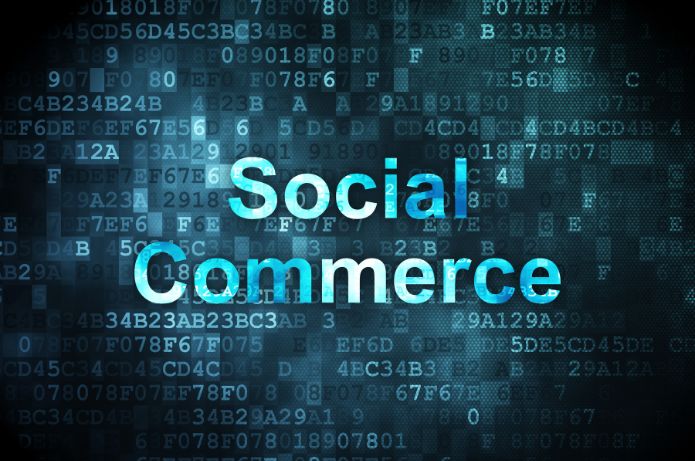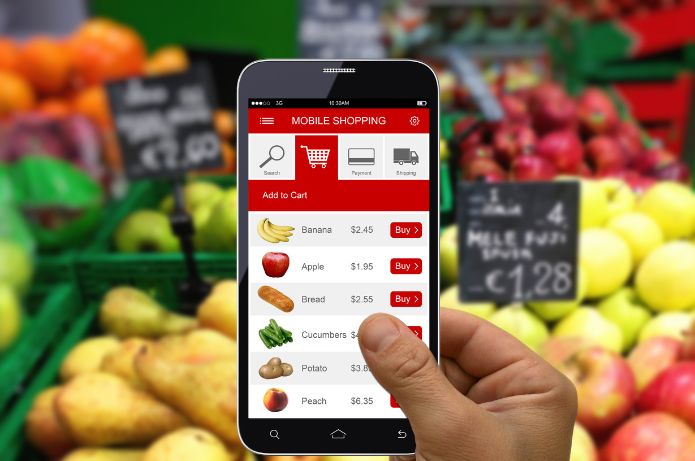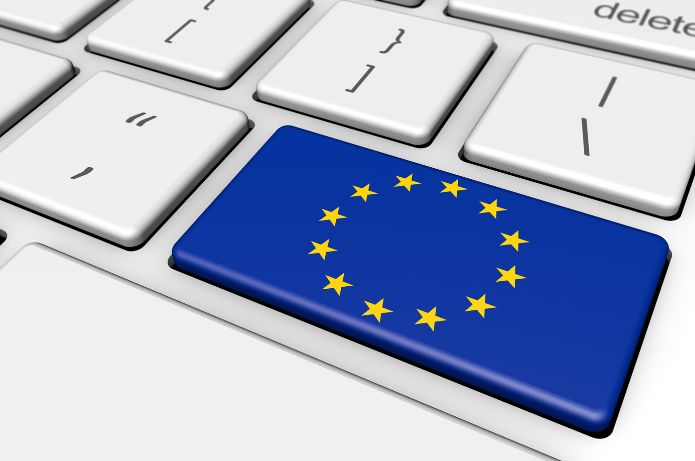Definition:
KPI, acronym for Key Performance Indicator (Key Performance Indicator), is a quantifiable metric used to evaluate the performance of an organization, department, project or individual in relation to specific and predefined objectives.
Main concept:
KPIs are essential tools for performance management, providing objective insights into progress toward established goals and assisting in strategic decision making.
Characteristics of KPIs:
1. Specific: Focused on particular areas of performance.
2. Measurable: Quantifiable and objectively verifiable.
3. Achievable: Realistic and achievable within the context of the organization.
4. Relevant: Aligned with the strategic objectives of the company.
5. Temporal: Associated with a specific time period.
Importance of KPIs:
1. Strategic alignment: Ensure that activities are aligned with the organization's objectives.
2. Data-driven decision making: Provide concrete information to inform decisions.
3. Progress monitoring: Allow to track progress towards the established goals.
4. Problem identification: Help detect areas that need improvement.
5. Motivation: Set clear goals for teams and individuals.
Types of KPIs:
1. Financial:
''receive
lucro
(ROI) Returning on Investment
^^^__________________________________________________________________________________________________________
2. From customer:
'''customer satisfaction
2 Retention rate
Lifetime Value (LTV)
(NPS) Net Promoter Score
3. Of internal processes:
^^^Operational efficiency
5 Time cycle
^^^^^^^^^^^
''productivity
4. Learning and growth:
''training of officials
^^^^^^^^
^^^^^^^^^^^^^^^^^^^^^^^^^^^^^^^^^^^^
5. Marketing and sales:
^^^^^^^^^ Conversion rate
(CAC) Customer acquisition cost
^^^^^^^^^^^^
^^^^^^^^^^^^^^^^^^^^^^^ ^^^^^^ ^^ ^^
6. Human resources:
''rotativity of officials
''Satisfaction of officials
Average time of filling vacancies
How to establish effective KPIs:
1. Align with strategic objectives: Ensure that KPIs reflect the goals of the organization.
2. Limit quantity: Focus on the most critical indicators to avoid information overload.
3. Set clear goals: Establish specific benchmarks and objectives for each KPI.
4. Ensure measurability: Ensure that data can be collected and analyzed reliably.
5. Review periodically: Adapt KPIs as per changes in objectives or business environment.
Tools for monitoring KPIs:
1. Dashboards: Visual dashboards that display real-time KPIs.
2. Business Intelligence (BI) Software: Tools for data analysis and visualization.
3. Spreadsheets: Simple solutions for smaller organizations or specific projects.
4. Performance management platforms: Integrated systems for tracking and analyzing KPIs.
Challenges in implementing KPIs:
1. Choice of inappropriate metrics: Selection of KPIs that do not adequately reflect actual performance.
2. Excessive indicators: Focus on too many KPIs, leading to loss of focus.
3. Lack of context: Incorrect interpretation of data without considering external factors.
4. Data manipulation: Attempts to artificially influence the results of KPIs.
5. Resistance to change: Difficulty adopting a metrics-based culture.
Best practices for using KPIs:
1. Clear communication: Ensure that everyone understands the meaning and importance of KPIs.
2. Regular update: Keep data up to date for timely decision making.
3. Insights-based action: Using KPI information to implement improvements.
4. Balancing: Consider a mix of long and short-term indicators.
5. Contextualization: Analyze KPIs in conjunction with other relevant factors.
Future trends in KPIs:
1. Real-time KPIs: Instantly updated metrics for more agile decisions.
2. Artificial Intelligence: Use of AI for predictive analysis and pattern identification in KPIs.
3. Customization: KPIs adapted to different levels and functions within the organization.
4. Data integration: Combining diverse data sources for more comprehensive KPIs.
5. Focus on sustainability: Inclusion of environmental, social and governance (ESG) metrics.
Conclusion:
KPIs are essential tools for modern management, providing an objective basis for evaluating performance and guiding strategic decision-making.By implementing effective KPIs, organizations can align their activities with overall objectives, identify areas for improvement, and drive continuous growth.
Successful use of KPIs requires a careful approach, from selecting relevant metrics to properly interpreting the data collected. It is crucial to maintain a balance between different types of indicators, ensuring a holistic view of organizational performance.
As technologies evolve, KPIs also transform, incorporating real-time analytics, artificial intelligence, and a greater emphasis on sustainability factors.
Ultimately, KPIs are not just numbers, but tools that, when used correctly, can drive innovation, motivate teams, and guide organizations toward sustainable success.By adopting a culture based on metrics and continuous learning, companies can position themselves more competitively in an ever-changing business environment.
To maximize the value of KPIs, it is essential that organizations maintain an adaptive mindset by regularly reviewing and adjusting their indicators to ensure they remain aligned with evolving goals and challenges.











